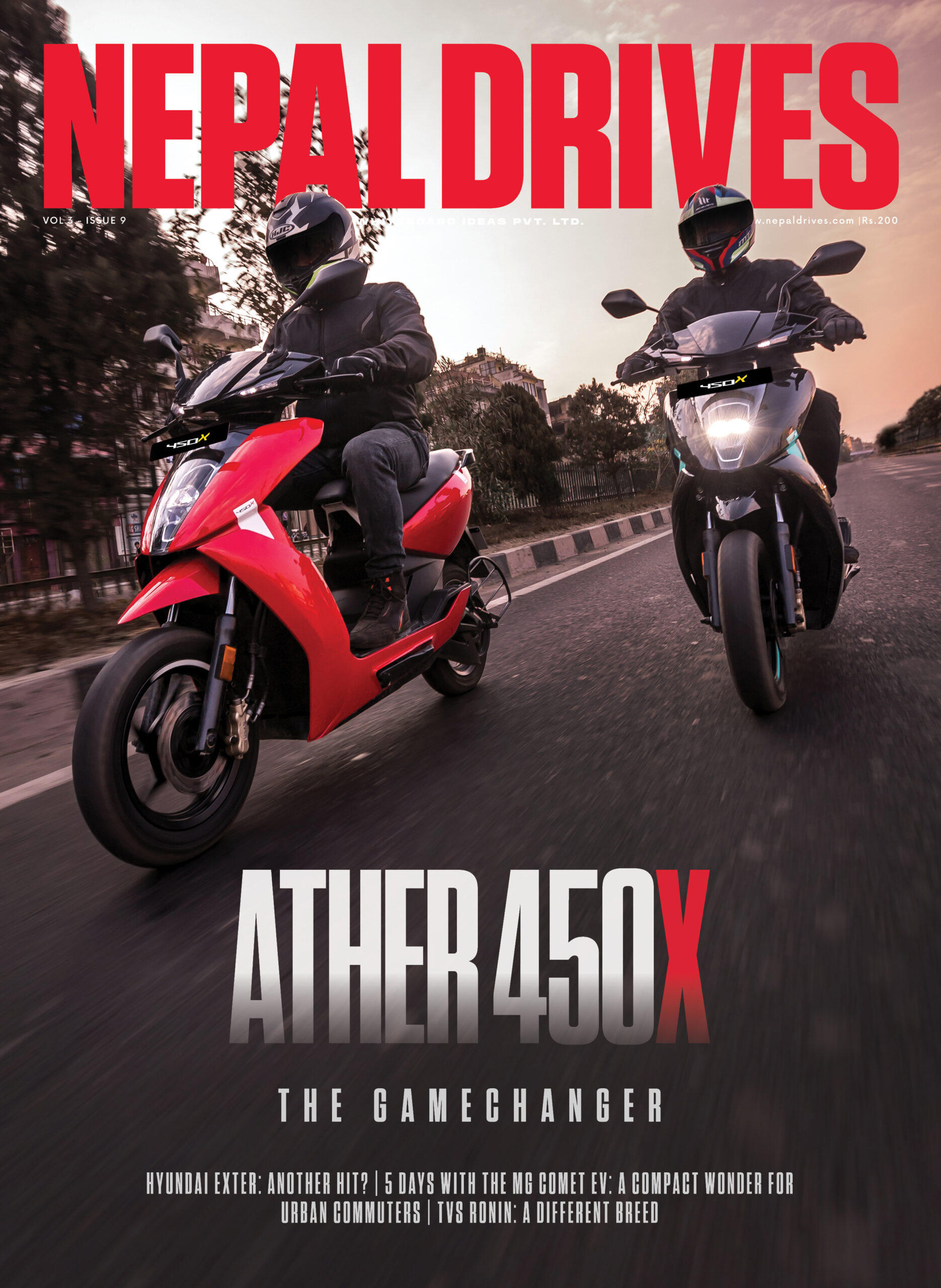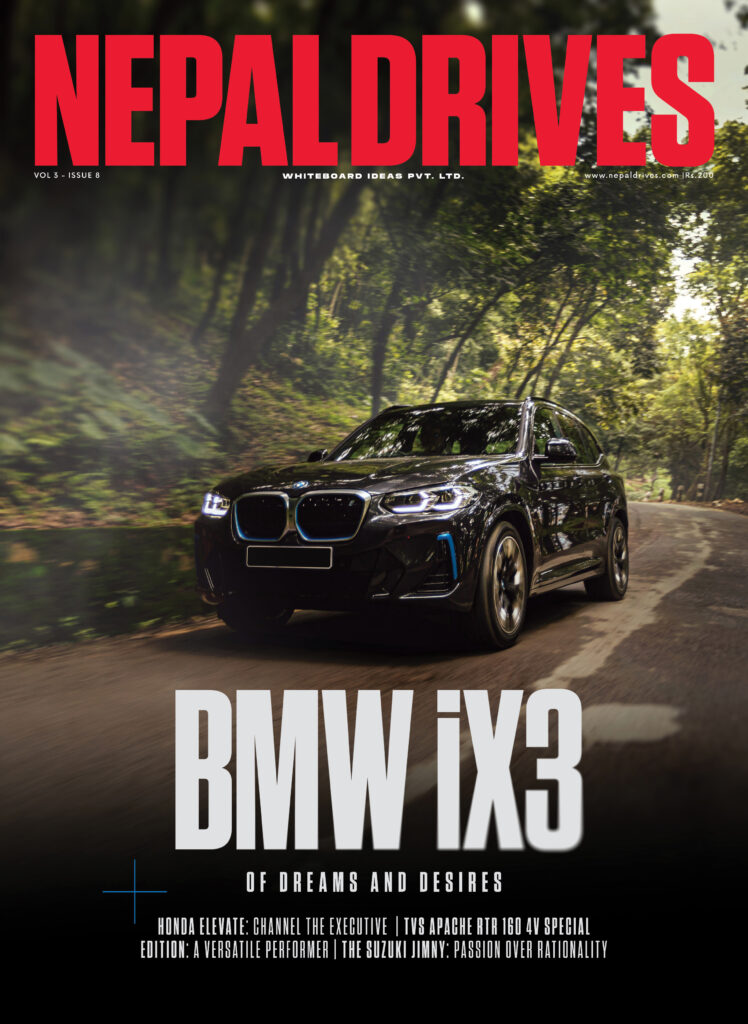Yamaha’s Glorious Racing Heritage: The 1960s – From Ground Prep to Grand Prix Racing
Share



In the world of motorsports, few names carry the same weight and legacy as Yamaha Motor. For decades, this iconic brand has been synonymous with speed, innovation, and the pursuit of excellence on the race track. From the thrilling twists of MotoGP circuits to the rugged terrains of off-road competitions, Yamaha’s racing heritage is a story of triumph, technology, and an unrelenting passion for two-wheeled performance.
Over the course of this six-part series, we will embark on a journey through time, exploring the rich history of Yamaha Motor’s racing endeavors. We will delve into the machines that roared their way to victory, the riders who pushed the boundaries of human capability, and the countless moments that have etched Yamaha’s name into the annals of motorsports history.
Each installment will unveil a different chapter of this remarkable story, highlighting the pivotal races, groundbreaking innovations, and the evolution of Yamaha’s racing philosophy. From the early days of two-stroke dominance to the cutting-edge technology of today’s racing machines, we will witness the evolution of Yamaha’s racing DNA.
The 1960s
Yamaha World Championships by Kenny Roberts, Eddie Lawson, Wayne Rainey, Valentino Rossi and Fabio Quartararo were built on the foundations laid by the 1960s pioneers.
In the 1960s, Yamaha began to throw itself deep into motorsports culture, learning and studying, training staff and engineers, and refining its technology. Seeking victories to open the door to the highest level of motorcycle racing, Yamaha slowly forged its presence as a member of the GP paddock.
Yamaha Motor began competing in the Road Racing World Championship Grand Prix in 1961. After a year-long suspension of its racing effort in 1962, Yamaha returned in 1963 and contested the next seven seasons as a factory team in the 125cc and 250cc classes, claiming five Rider and Constructor titles each.
Following in the footsteps of Honda and Suzuki, 1961 was the year that Yamaha made its first appearance in the World GP, competing in five races, the France GP, the Isle of Man Tourist Trophy Race, the Netherlands GP, the Belgium GP, and the Argentine GP.
Yamaha entered the US GP at Daytona in 1961, a large-scale local race as a prelude to the Grand Prix World Championship season, only to place 5th and 8th in the 250cc class. After the Daytona Race, Yamaha participated in the Isle of Man TT, the most prestigious event of its time. Winning this race had a great impact on the European market. Fumio Ito ended in a respectable 6th place in the 250cc class.
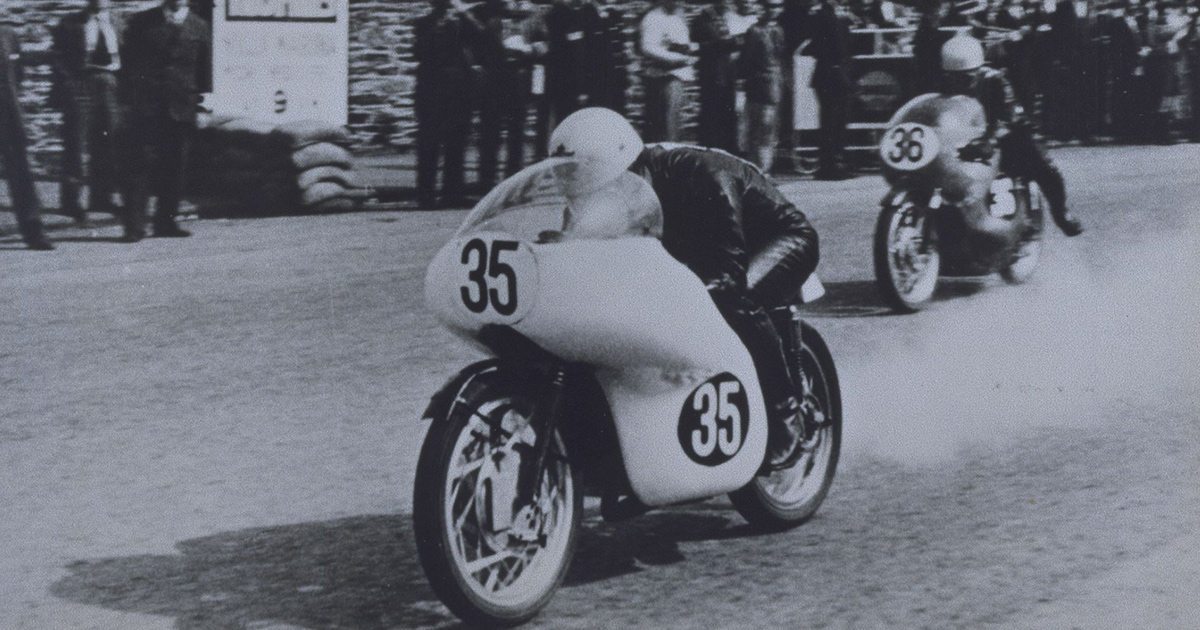 Yamaha enters its first Grand Prix World Championship race in 1961 with the 250cc RD48 and 125cc RA41
Yamaha enters its first Grand Prix World Championship race in 1961 with the 250cc RD48 and 125cc RA41
After gaining experience and overcoming some difficulties, Yamaha re-entered the Grand Prix World Championship again in 1963 with the RD56, featuring a 250cc air-cooled in-line 2-cylinder engine mounted in a new featherbed frame. Fumio Ito won the Daytona GP Race and finished in 2nd place at the Isle of Man TT. And finally, Yamaha got its first Grand Prix World Championship win at the Belgium GP.
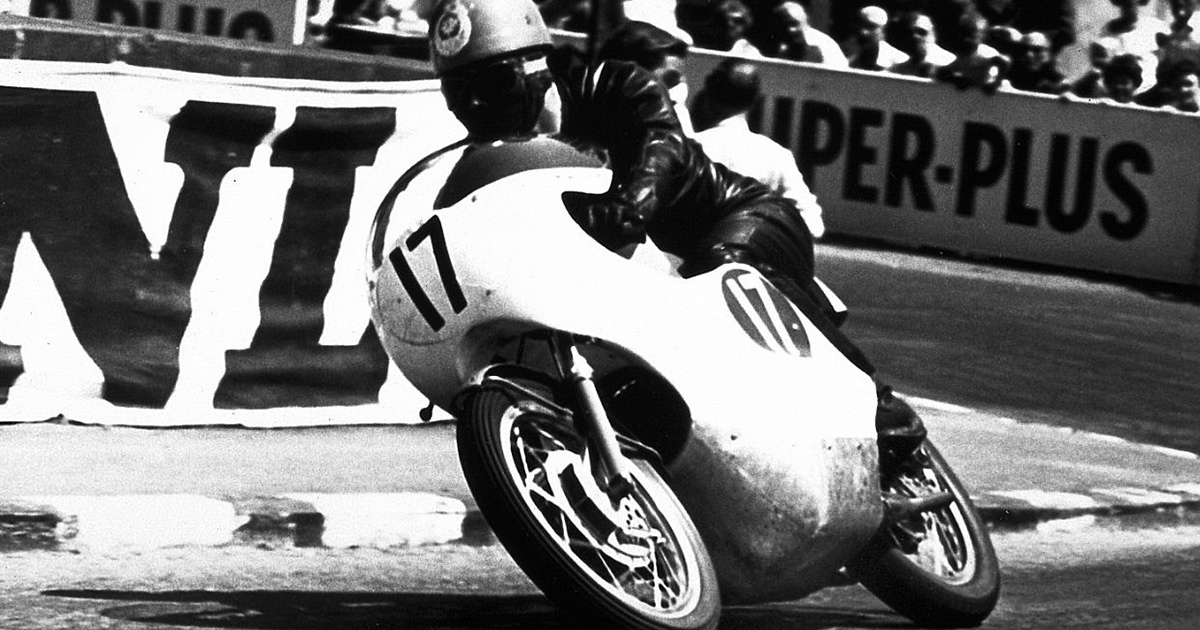 Fumio Ito on the RD56, Isle of Man TT 1963
Fumio Ito on the RD56, Isle of Man TT 1963
Phil Read and Mike Duff were contracted to form an all-new rider team with Fumio Ito for the 1964 Grand Prix World Championship in the 250cc class. Thanks to their performance Yamaha won its first Constructor title and Phil Read the Rider title.
In 1965 Phil Read and Mike Duff again brought Yamaha the Rider and Constructor titles. That year also saw the debut of the 250cc liquid-cooled, 70° V4-powered RD05 at the Nations GP in Monza, setting the platform for the next year. However, the competition also, of course, did not sit still and, Yamaha had to withdraw from the Grand Prix World Championship due to regulation changes.
In the 125cc Grand Prix World Championship class 1967, there was a major breakthrough for Yamaha. Building up with a GP win with the RA97 (rotary disc valve, in-line 2-cylinder engine liquid-cooled) at the Isle of Man TT in 1965. And in 1966, the momentum built as Yamaha rider Bill Ivy rode to four wins. In 1967, Yamaha won its first 125cc Grand Prix World Championship Rider title with Bill Ivy at the helm of the then-newly introduced liquid-cooled V4 RA31.
 Phil Read (#10) winning the Isle of Mann TT 1967
Phil Read (#10) winning the Isle of Mann TT 1967
When the Japanese GP was added to the Grand Prix World Championship calendar in 1963 road racing became hugely popular overnight. Yamaha’s domination of the 1966 event really fortified its reputation as a racing company and a 2-stroke manufacturer. Yamaha not only won the six races in the 125cc, but 250cc and 350cc classes of both the Grand Prix World Championship and the All Japan Championship, almost all the podiums were also filled by Yamaha riders.
Yamaha’s GP ascent continued, claiming back-to-back 250cc Rider and Constructor titles in 1965. In 1967 and 1968, the brand secured consecutive 125cc Rider and Constructor titles in addition to recording a fourth straight Isle of Man TT win in the class (‘65–‘68).
The 1964 season in the 250cc class in particular became a technology showdown between Yamaha’s 2-strokes and Honda’s 4-strokes, drawing added attention. With Yamaha starting to post consistently strong results, Honda countered by introducing the 4-stroke 6-cylinder RC165 that same year and other manufacturers began following suit with more powerful, multi-cylinder racebikes.
In 1967, Yamaha entered with the new 4-cylinder 250cc V4-powered RD05A, but in an effort to halt the escalating trend toward more powerful multi-cylinder machines by the Japanese manufacturers, the FIM introduced new rules at the end of the year that would limit GP machines from 1970 onward to 6-speed gearboxes and single-cylinder engines in the 125cc class and twin-cylinder engines in the 250cc class. In response to this change, both Honda and Suzuki decided to withdraw from the GP competition.
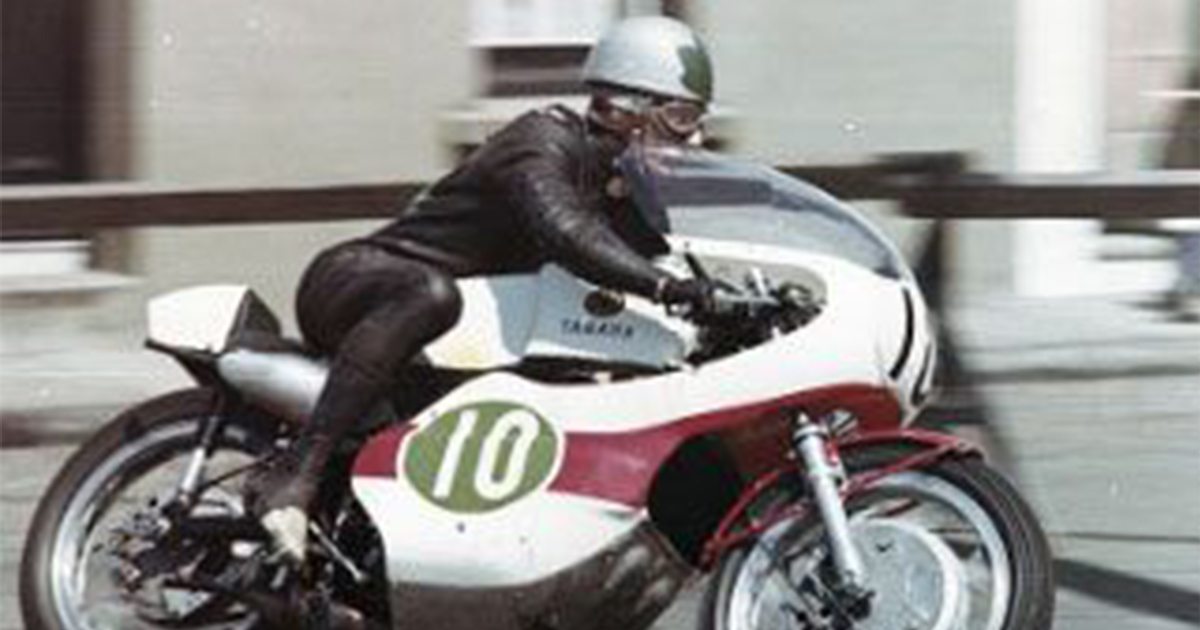 Bill Ivy riding in the 1967 Isle of Man TT in the 250cc class
Bill Ivy riding in the 1967 Isle of Man TT in the 250cc class
Yamaha, however, chose to remain and continued racing in 1968. British riders Phil Read and Bill Ivy went on to take 1st and 2nd, respectively, in the 250cc championship aboard the RD05A that had narrowly missed out on the title the year before.
From the time Yamaha first began international competition in 1961, the target has always been victory. From that singular goal, the results to date range from personnel development and technological innovations to real contributions to the business. Yamaha did cease participating in GPs as a factory in 1969 due to the upcoming rule change mentioned earlier, but had already firmly established itself as a presence in the GP paddock, and would switch its approach to supplying privateer teams with competitive production racebikes.
The 1960s: From Ground Prep to Grand Prix Racing
1961: First competition in Grand Prix Racing
1962: Focusing on machine development
1963: The Belgian GP, the first Grand Prix win for Yamaha!
1964: First World Title!
1965: Two consecutive double championships in the 250cc class
1966: Consecutive 125cc class win in the Isle of Mann
1967: The First 125cc title for Yamaha
1968: Yamaha’s rivals leave the series due to regulation changes
1969: Yamaha begins supplying production machines designed for GP Races
Stay tuned for more thrilling chapters in Yamaha’s racing history!
Source information and imagery: Yamaha



